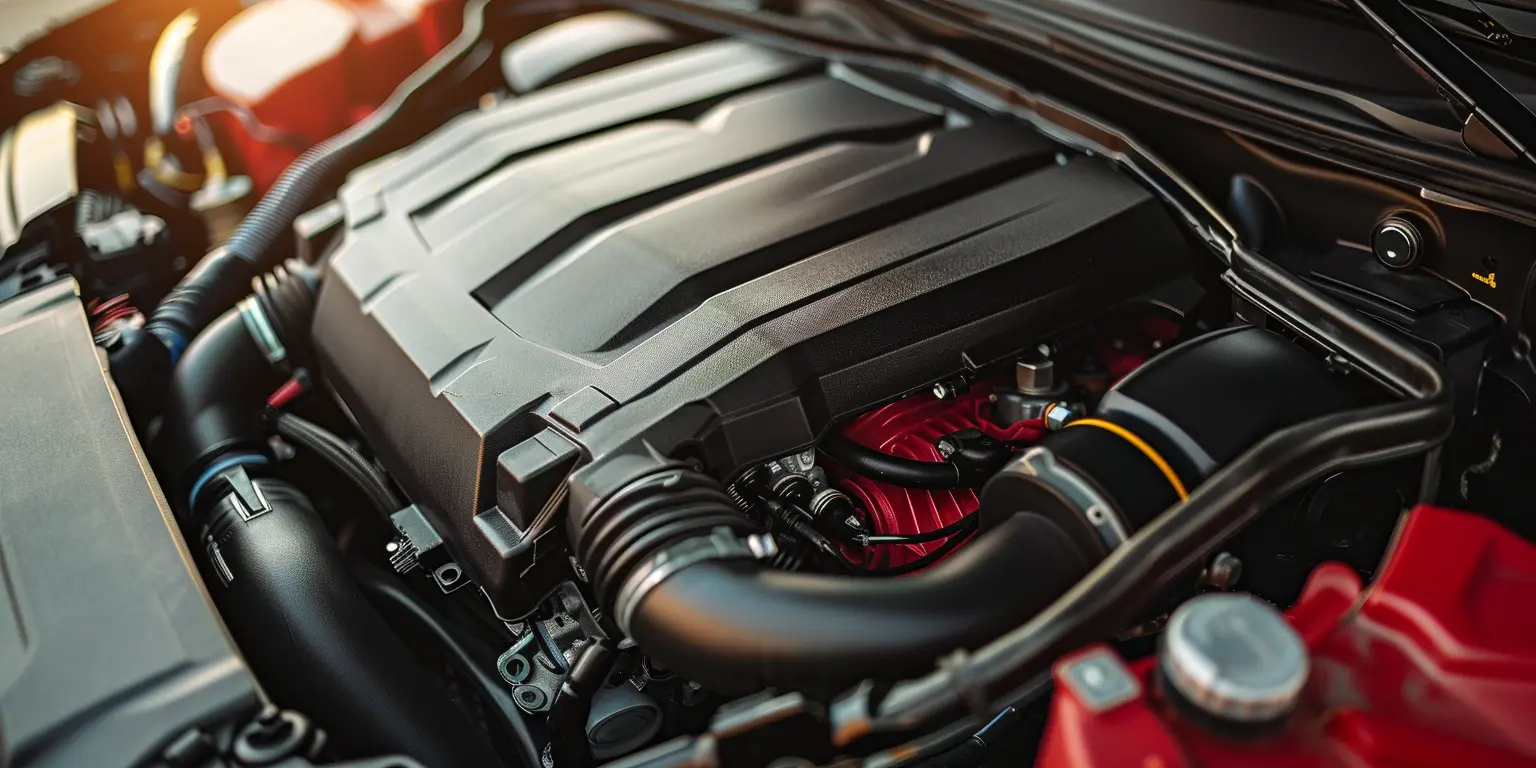Chevrolet Captiva Owners Manual: Engine Overheating

There is a coolant temperature warning light on the instrument panel. See Engine Coolant Temperature Warning Light on page 5-20.
If Steam is Coming from the Engine
Warning
Steam from an overheated engine can cause serious injury, even if the hood is opened just a little.
Stay away from the engine if steam is seen or heard coming from it. Just turn it off and get everyone away from the vehicle until it cools down. Wait until there is no sign of steam or coolant before opening the hood.
If driving continues when the engine is overheated, the liquids in it can catch fire. Someone could get badly burned. Stop the engine if it overheats, and get out of the vehicle until the engine has cooled.
Caution
Running the engine without coolant may cause damage or a fire. Vehicle damage would not be covered by the vehicle warranty.
If No Steam is Coming from the Engine
If there is an engine overheat warning, but no steam can be seen or heard, the problem may not be too serious. Sometimes the engine can get a little too hot when the vehicle:
- Climbs a long hill on a hot day.
- Stops after high-speed driving.
- Idles for long periods in traffic.
- Tows a trailer.
If there is an overheat warning with no sign of steam, try this for a minute or so:
- If there is an a/c and it is on, turn it off.
- Turn on the heater to full hot at the highest fan speed and open the windows as necessary.
- Try to minimize engine load. If in a traffic jam, shift to N (Neutral); otherwise, shift to the highest gear possible while driving.
If the overheat warning is no longer on, the vehicle can be driven. Just to be safe, drive slowly for about 10 minutes. If the warning does not come back on, drive normally.
If the warning continues and the vehicle is not stopped, pull over, stop, and park the vehicle right away.
If there is still no sign of steam, idle the engine for three minutes while parked. If the warning continues, turn off the engine and get everyone out of the vehicle until it cools down.
The decision may be made to not lift the hood but to get service help right away.
Engine overheating in a 2006-2018 Chevrolet Captiva can be a serious issue that requires immediate attention to prevent potential damage to the engine. Several factors can contribute to engine overheating, including low coolant levels, a malfunctioning thermostat, a faulty water pump, a radiator leak, or a blocked cooling system. It's essential to address the root cause of the overheating to prevent further damage and ensure the vehicle's optimal performance.
When dealing with engine overheating in a Chevrolet Captiva (Captiva Sport), it's crucial to follow a systematic approach. Start by checking the coolant level in the reservoir and topping it up if it's low. Inspect the radiator and hoses for any leaks or signs of damage. A malfunctioning thermostat can also cause overheating, so it may need to be replaced if found faulty. Additionally, ensure that the radiator fan is functioning correctly to assist in cooling the engine.
If the engine continues to overheat despite these initial checks, it's advisable to have the vehicle inspected by a qualified mechanic or service center. They can perform more in-depth diagnostics, such as pressure testing the cooling system, checking for combustion gas leaks, or examining the water pump's functionality. Prompt and proper diagnosis and repair are essential to prevent severe engine damage and maintain the Chevrolet Captiva's reliability and performance.
 Engine Coolant
Engine Coolant
The cooling system in the vehicle is
filled with DEX-COOL® engine
coolant. This coolant is designed to
remain in the vehicle for 5 years or
240 000 km (150,000 mi), whichever
occurs first, if on ...
 Power Steering Fluid
Power Steering Fluid
See Engine
Compartment Overview
on page 10-4 for reservoir location.
When to Check Power Steering
Fluid
It is not necessary to regularly
check power steering fluid unless a
leak in the system ...
More about:
Chevrolet Captiva Owners Manual > Driving and Operating: Engine Exhaust
Running the Vehicle While Parked
Warning
Engine exhaust contains carbon
monoxide (CO) which cannot be
seen or smelled. Exposure to CO
can cause unconsciousness and
even death.
Exhaust may enter the vehicle if:
The vehicle idles in areas
with poor ventilation (parking
garages, tunnel ...
Chevrolet Captiva Owners Manual
- Introduction
- In Brief
- Keys, Doors, and Windows
- Seats and Restraints
- Storage
- Instruments and Controls
- Lighting
- Infotainment System
- Climate Controls
- Driving and Operating
- Vehicle Care
- Service and Maintenance
- Technical Data
- OnStar
